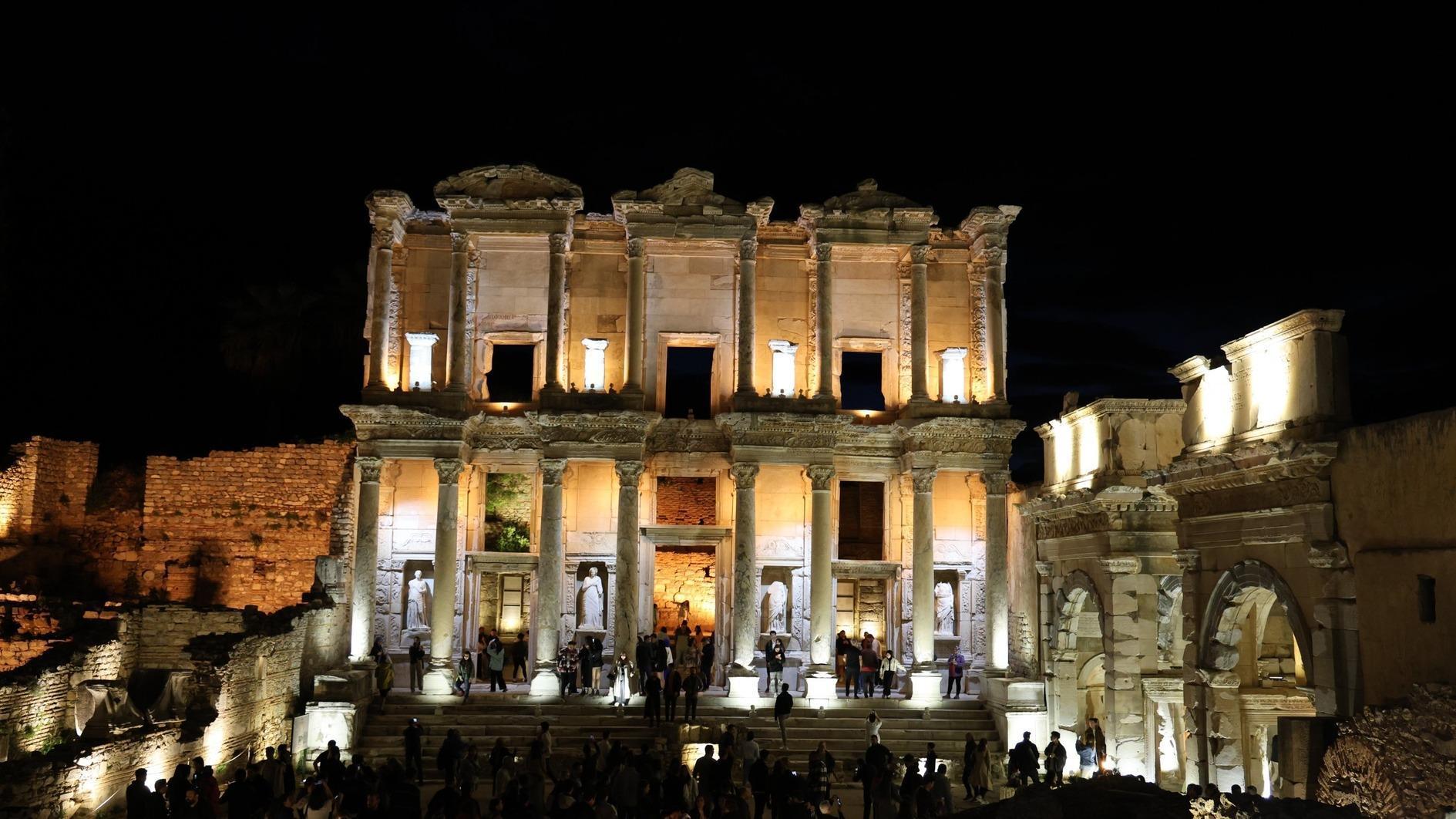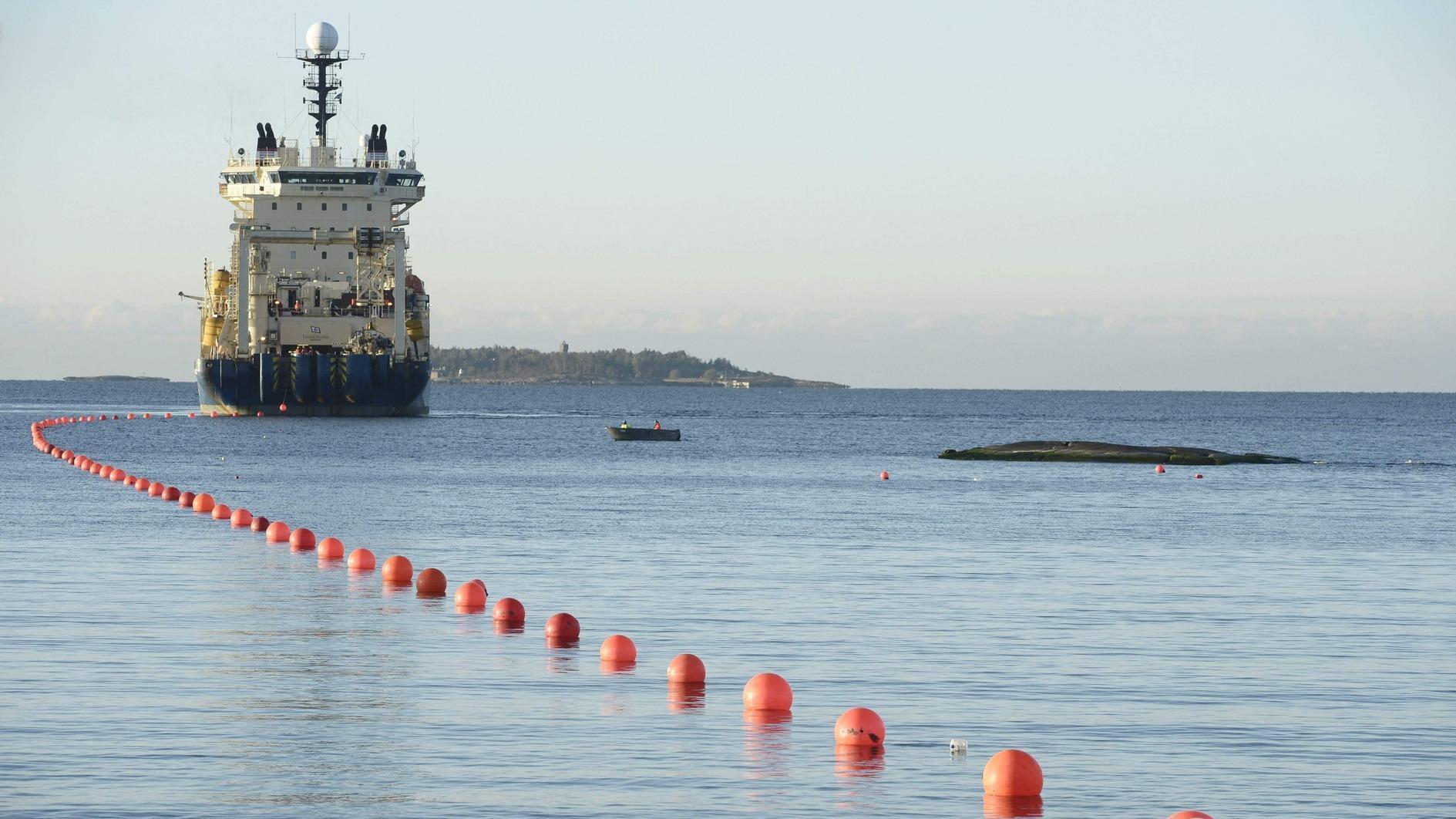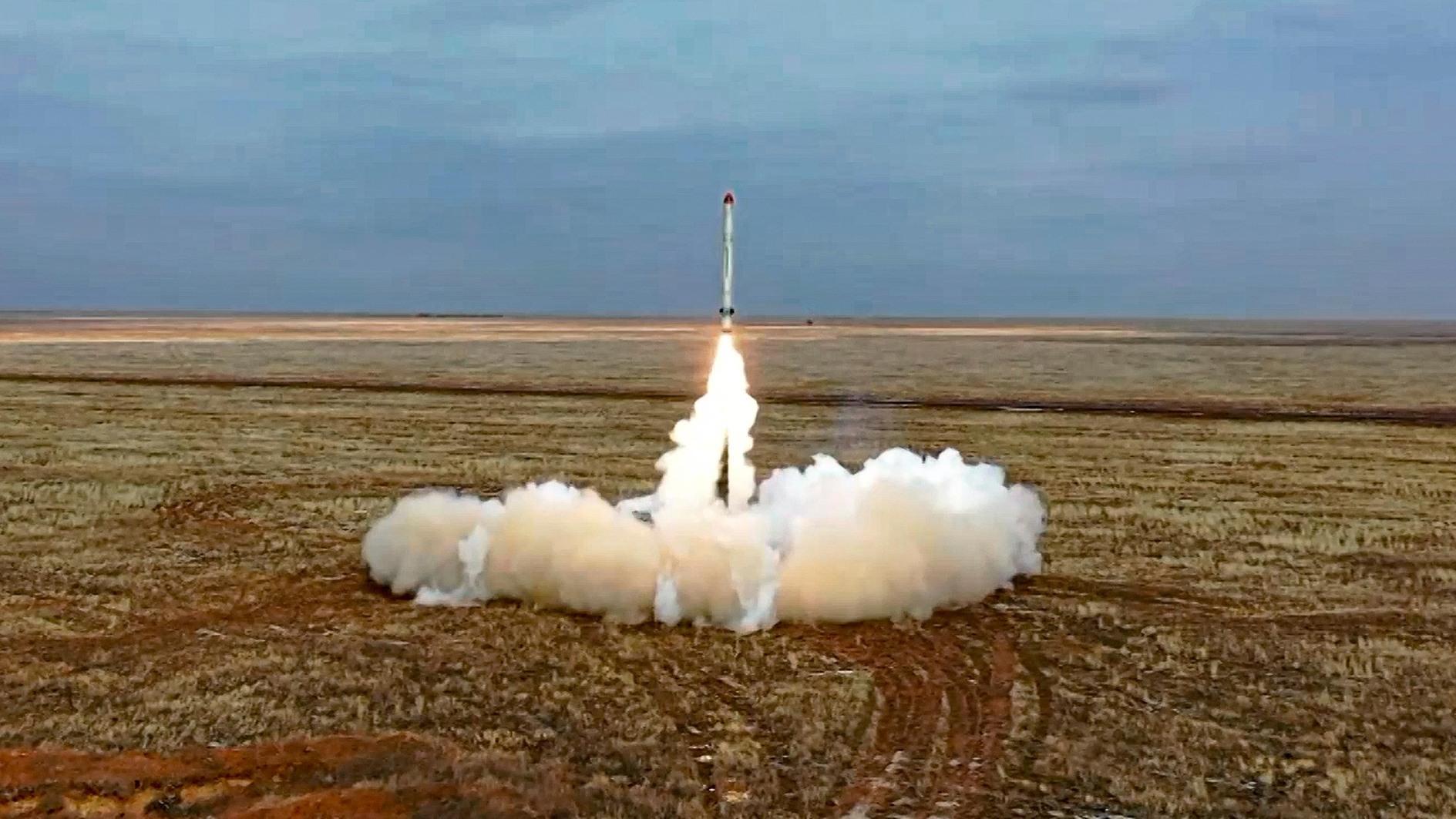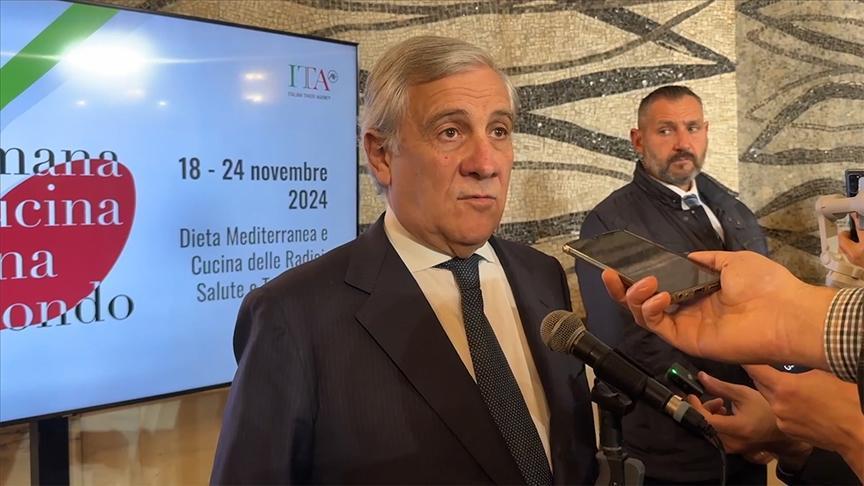Museums, archaeological sites welcome nearly 14 mln visitors in 6 months
ANKARA

The country’s museums and archaeological sites have attracted almost 14 million visitors in the first six months of the year, seeing a considerable uptick compared to the same period last year, the Culture and Tourism Ministry has announced.
“Almost 14 million people visited our archaeological sites and museums in the first half of 2024. When compared to the same period last year, the number of local and foreign visitors who visited the historical sites in Anatolia climbed by 12 percent,” Minister Mehmet Nuri Ersoy said in a written statement on social media.
The number of visitors to the museums and ruins rose from 12.38 million in the first half of last year to 13.84 million in the same period this year, Ersoy underlined.
The minister emphasized that the country’s tremendous historical, cultural, and archeological legacy arouses interest in people all around the world.
“We are pleased that interest in these regions' buried treasure, which illuminates human history, is steadily increasing,” he added.
The minister also shed light on the most visited museums and archeological sites of the country.
İzmir’s Efes Ruins takes the lead with 1.12 million visitors in the first six months of the year, according to Ersoy.
While Konya Mevlana Museum welcomed 1.10 million local and foreign visitors, Denizli Hierapolis – Pamukkale hosted 985,265 tourists, followed by Nevşehir Göreme with 501,236 and Nevşehir Zelve-Paşabağları with 464,101, the minister added.
The southeastern province of Gaziantep’s Zeugma Mosaic Museum, one of the largest mosaic museums in the world, hosted 242,000 visitors in the first half of the year, seeing an influx of tourists since its opening as it was closed for 74 days following the twin earthquakes last year.
Among the most well-known pieces of the museum is the Gypsy Girl mosaic, which dates to the second century A.D. and is one of the museum's most significant pieces of the museum as well as the city's emblem.
Meanwhile, the 3,000-year-old Zerzevan Castle in Diyarbakır, which served as a "military settlement" under the Roman Empire, is a candidate for UNESCO World Heritage Permanent List.
Numerous relics, including underground churches, water channels, and city walls, were discovered as a consequence of the excavations in the old castle that began in 2014 with the Culture and Tourism Ministry’s support.
The ministry works jointly with the Industry and Technology Ministry with the aim of inscribing Zerzevan Castle on the UNESCO World Heritage Permanent List.
















